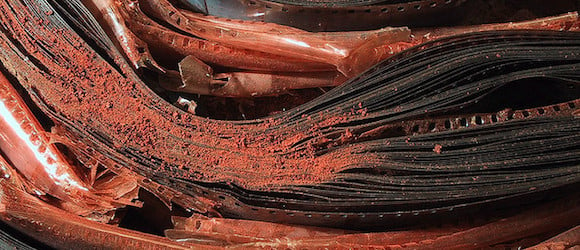Dr. Martha Lauzen‘s yearly analysis of the state of women’s jobs behind the camera in Hollywood goes by the name Celluloid Ceiling Report, and according to the numbers on 2013, opportunities for women who want to make movies from the other side of the lens haven’t improved since roughly the time There’s Something About Mary was hitting theaters.
Released every January, the Celluloid Ceiling Report is compiled by looking at credits of the top 250 American films made in the previous year. In 2013, women accounted for 16% of all directors, executive producers, producers, writers, cinematographers, and editors, a decrease of two percentage points since 2012 and a decrease of one since 1998. Yes, 1998 was sixteen years ago. I know, it’s almost as shocking as these figures. 16% is 4 to 6 percentage points better, by the way, than the average percentage of women working for DC and Marvel these days. And no, that doesn’t make it better.
The best place for gender parity in Hollywood is the producer’s circle (but not the executive producer’s circle) at 25% women, followed closely by being a production designer at 23% women, and then trailing off from there to the 17% of female editors, and eventually to the 2% each of female composers and special effects supervisors. All of these numbers have moved only between one and three percentage points from where they were in 1998.
“The film industry is in a state of what might be called gender inertia,” says Dr. Lauzen. She acknowledges that the past few years have seen a renewed focus on the scarcity of women who are actually in a position to call shots (literally and metaphorically: only 3% of cinematographers in this year’s 250 top movies were women) in Hollywood by bloggers, grassroots organizers, and some individual filmmakers. But, she continues,
for the most part individuals at the top of the Hollywood hierarchy have been remarkably silent on the issue. We don’t hear the studio heads, union leaders, or executives at the Academy acknowledging women’s under-employment as a problem and outlining concrete plans for change. In order for the film industry to experience a significant shift, the top players would need to work together in a concerted effort to seek out more women filmmakers and films made by women.
The picture the report paints is bleak: executives in regular fear of being sacked for their first perceived misstep, and union leaders fearful of pushback from the male majority of their members are unlikely to openly, generally advocate on behalf of female filmmakers until they sense that doing so will more reliably benefit their careers. Which is why, of course, we need to keep talking about the lack of diversity, of all kinds, among the folks that make our modern mythologies.
You can read more results from the Celluloid Ceiling Report at Women and Hollywood.)
(top pic via Flickr.)









Published: Jan 14, 2014 04:12 pm